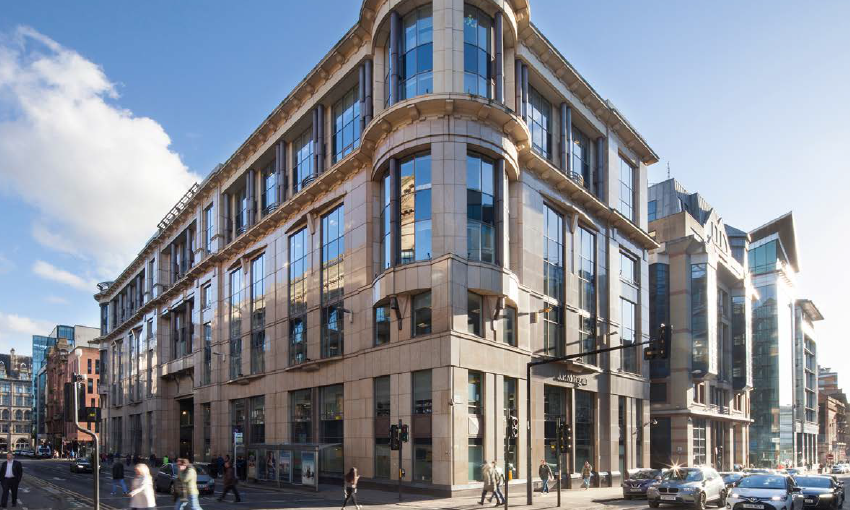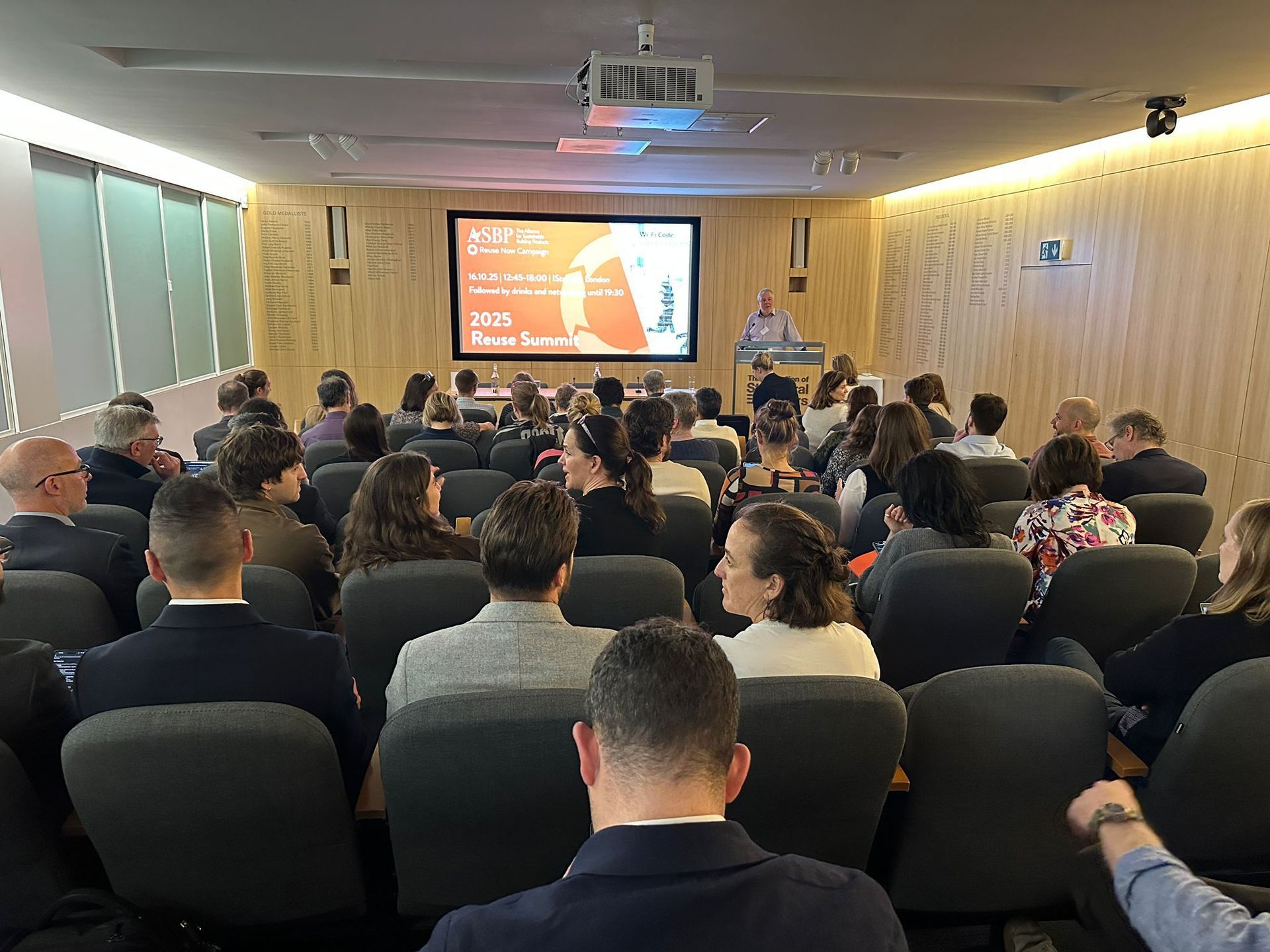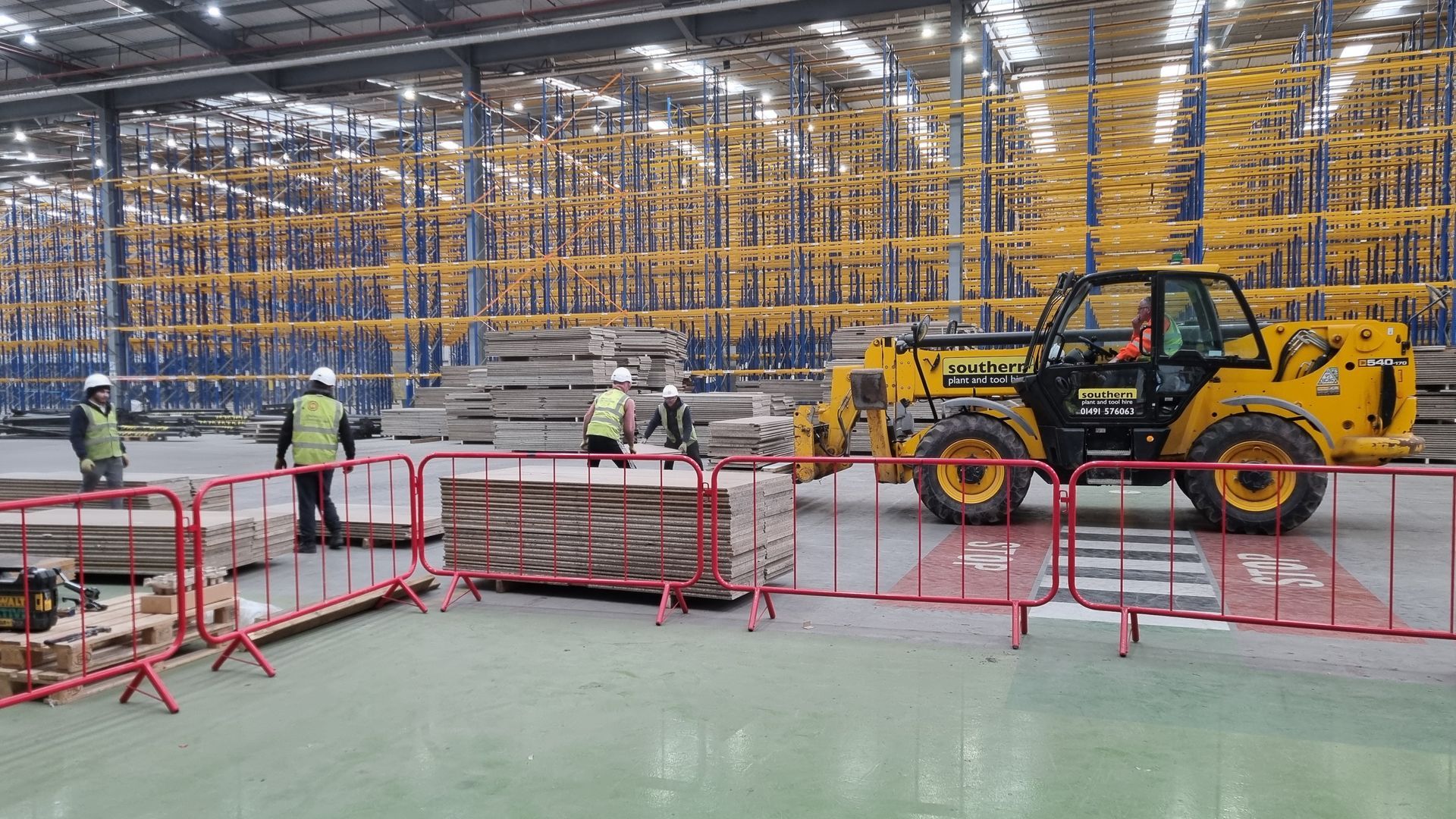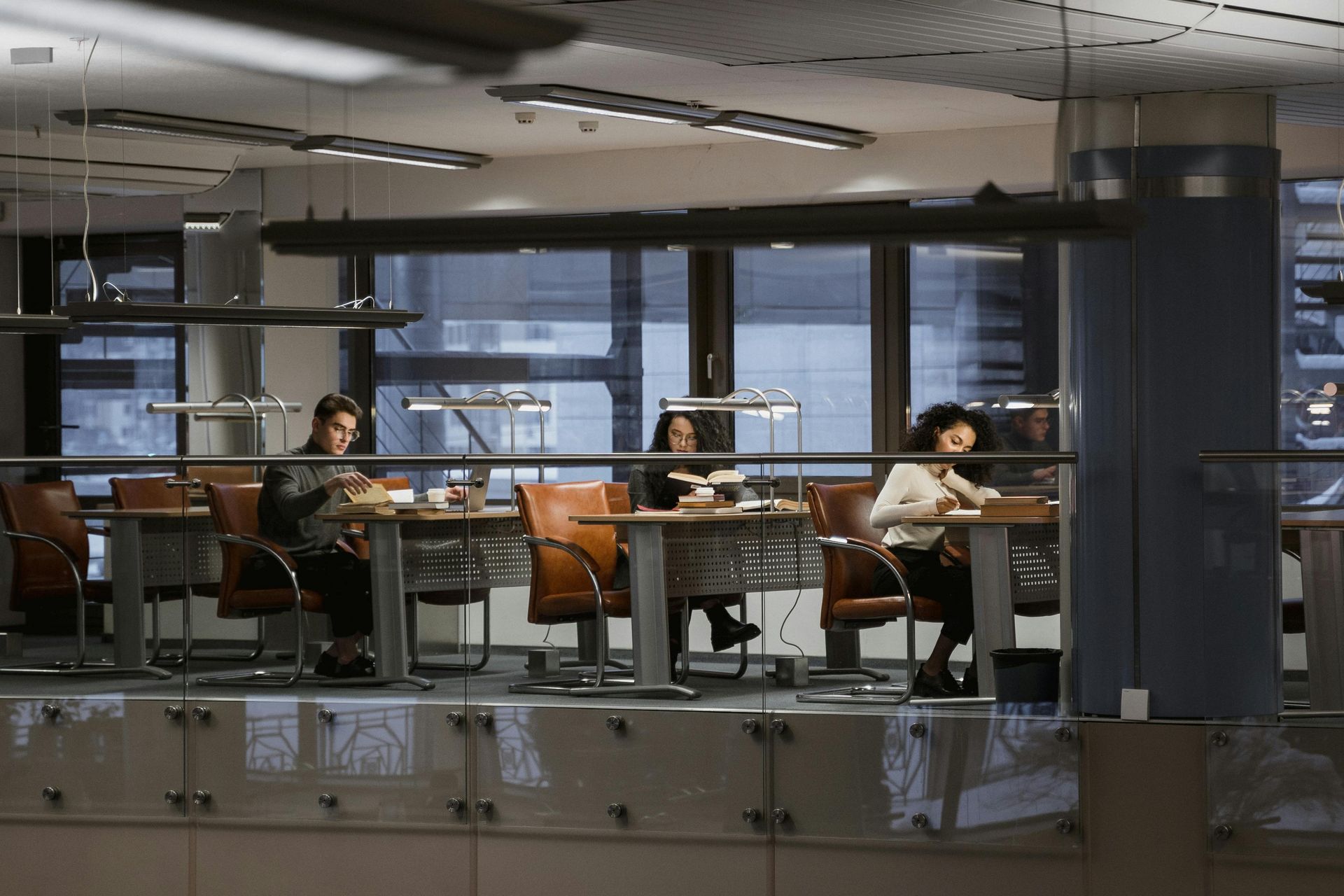Increasing Circularity and Reuse in Fit-Out Projects
Reducing the waste generated by the fit-out process from both the removal of components and installation is one of the key challenges the construction sector has to address if we are to achieve net zero carbon targets and a reduction in waste.
Fit-outs are often carried out under strict time pressures, which frequently means that opportunities to reuse or recycle materials are not taken, and which can lead to a substantial increase in carbon footprint.
A project known as 'LINK', which is funded by Innovate UK, has the aim of dramatically reducing the amount of waste produced by fit-outs by using artificial intelligence and machine learning to rapidly identify materials and products for reuse, and connect those who wish to dispose of materials to those who wish to use them, keeping these materials in circulation, a key facet of the circular economy.
The project is aiming to develop a rapid listing mobile app, and engage with all parts of the supply chain to revolutionise reuse in fit-outs, and ultimately for construction as a whole.
The project is in its early stages, and to help gather views on the challenges and opportunities, the project partners are hosting an industry workshop on Monday March 27th (held online from 2pm - 3.30pm) to engage with stakeholders from across the fit-out and interiors sector. We will explore some of the challenges and opportunities provided by digital technology and aim to identify the key drivers and critical success factors in developing technology which enables reuse to become the norm, rather than the exception. The event is open to designers, clients, manufacturers, contractors and all those involved with promoting and encouraging reuse, and those who simply want to find out more.
The programme for the event includes short presentations covering:
- Sustainability for Finishes and Interiors - Iain Mcilwee, CEO / Flavie Lowres, Sustainability Champion, Finishes and Interiors Sector (FIS)
- Avoiding Waste in the Fit-Out Process - Dr Katherine Adams, Technical Director, Reusefully
- Specifying Reused Products – the Vision - Rachel Hoolahan, Associate, Orms
- An Introduction to the LINK project – Using AI to Revolutionise Reuse - Prof Hafiz Alaka, Director, Big Data Tech and Innovation Lab, University of Hertfordshire
There will be discussion groups focusing on the key information needs to facilitate reuse, and the role of different actors in achieving higher levels of reuse.
You can register to attend the workshop here - attendance is free, and we look forward to welcoming all those interested in promoting reuse, or simply wanting to find out more about the project. Feel free to contact us if you would like more information.






